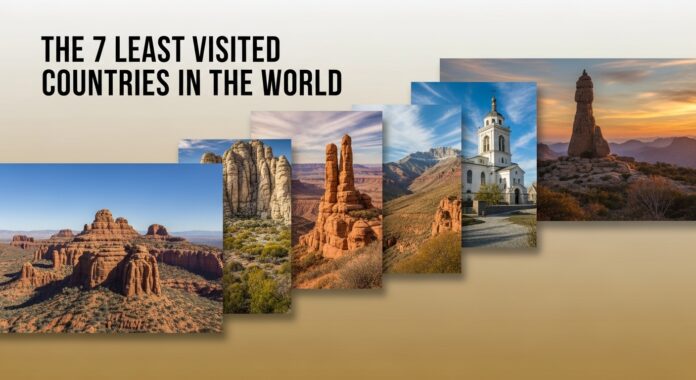Discover the 7 least visited countries globally, including Tuvalu, Marshall Islands, and Kiribati. Global tourism is increasingly concentrated in a handful of popular destinations, leaving numerous countries virtually untouched by mass tourism. These lesser-visited nations offer unparalleled opportunities for authentic cultural immersion, pristine natural environments, and genuinely unique travel experiences far from crowded tourist trails.
Despite their low visitor numbers – often fewer than 10,000 annually – these countries boast compelling attractions ranging from spectacular diving sites and untouched beaches to rich cultural traditions and dramatic landscapes. This guide profiles seven of the world’s least traveled countries, examining why they receive so few visitors while highlighting their often-overlooked treasures and providing practical information for intrepid travelers considering a visit. Understanding these destinations reveals not only travel opportunities but also the complex interplay of geography, infrastructure, politics, and climate that shapes global tourism patterns.
1. Tuvalu
Visitor Statistics: Approximately 3136 annual visitors (2023 data)
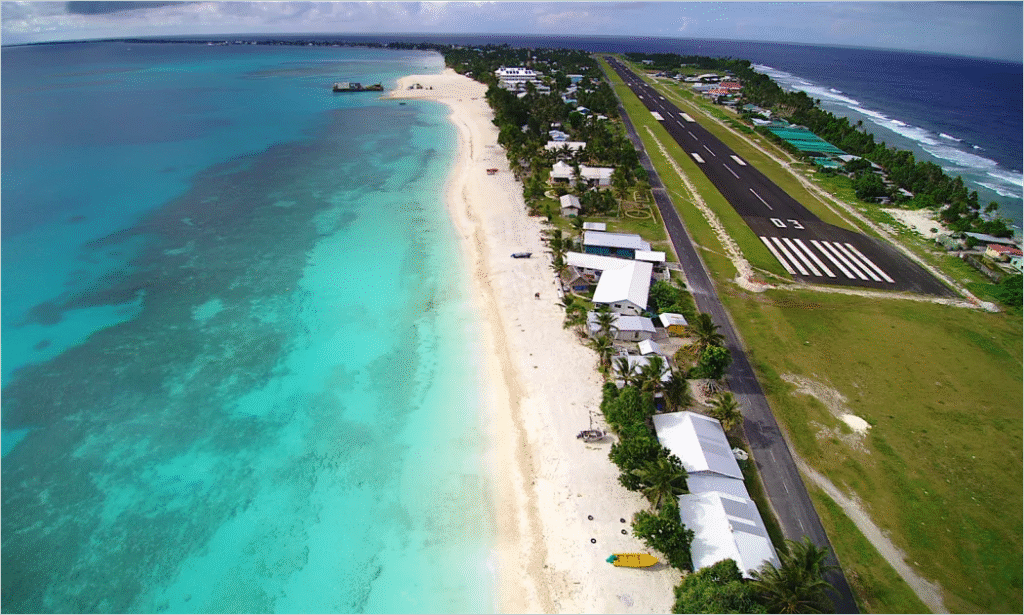
Tuvalu holds the distinction as the planet’s least visited country, receiving fewer tourists in a year than many major attractions receive in a single day. This Polynesian nation consists of nine small atolls scattered across the South Pacific between Hawaii and Australia. Despite its minimal tourism infrastructure, Tuvalu offers idyllic white-sand beaches, spectacular coral reefs, and a peaceful atmosphere devoid of crowds.
Reasons for Low Visitation:
- Extreme Remote Location: Tuvalu is situated thousands of kilometers from major continents, with limited transportation options
- Limited Accessibility: Only Fiji Airways provides international flights, with just two weekly connections from Fiji
- Minimal Tourism Infrastructure: Accommodation options are basic with few dedicated tourist facilities
- Climate Change Threats: Rising sea levels threaten the nation’s existence, creating uncertainty about its future
Key Attractions:
- Funafuti Conservation Area: A protected marine zone featuring vibrant coral gardens, sea turtles, and nesting seabirds
- WWII Historical Sites: Relics from the Pacific campaign scattered across the islands
- Traditional Culture: Experience authentic Polynesian dance, music, and community-based lifestyle
- Pristine Beaches: Completely uncrowded white-sand beaches lined with palm trees
Travel Practicalities:
- Visa Requirements: Most nationalities receive 30-day visa on arrival
- Currency: Australian dollar (no ATMs available—bring sufficient cash)
- Best Time to Visit: May-October during drier months
- Accommodation: Basic guesthouses and one hotel in Funafuti
2. Marshall Islands
Visitor Statistics: Approximately 6,100 annual visitors (2019 data)

The Marshall Islands comprise 29 coral atolls and 5 individual islands scattered across a vast area of the western Pacific. Despite boasting spectacular diving conditions, fascinating historical sites, and traditional Micronesian culture, this nation remains largely overlooked by tourists.
Reasons for Low Visitation:
- Remote Geography: Located approximately halfway between Hawaii and the Philippines
- Limited Flight Connections: Primarily accessible via United Airlines from Hawaii or Nauru Airlines from regional hubs
- Nuclear Legacy: History of US nuclear testing creates perceived safety concerns among potential visitors
- High Travel Costs: Expensive flights and limited accommodation options increase trip costs
Key Attractions:
- Bikini Atoll Nuclear Test Site: UNESCO World Heritage Site offering wreck diving on ships sunk during atomic tests
- Majuro Atoll: Traditional capital atoll with cultural museums and local markets
- Kwajalein Atoll: One of the world’s largest atolls with significant WWII historical remains
- Traditional Marshallese Culture: Unique navigation techniques, outrigger canoe traditions, and handicrafts
Travel Practicalities:
- Visa Requirements: Most visitors receive 30-day visa-free entry
- Currency: US dollar
- Best Time to Visit: December-April for calmer seas and better diving conditions
- Health Considerations: Some areas still have radiation concerns; follow local guidance
3. Kiribati
Visitor Statistics: Approximately 5,663 annual visitors

Kiribati consists of 33 coral atolls spread across 3.5 million square kilometers of ocean, straddling both the equator and the International Date Line. This vast dispersion across the central Pacific creates significant accessibility challenges, though the country offers exceptional fishing, diving, and cultural experiences.
Reasons for Low Visitation:
- Geographic Dispersion: Islands scattered across an enormous ocean area
- Limited Transportation: Few international flights and unreliable inter-island connections
- Climate Change Vulnerability: Already experiencing sea level rise impacts
- Poverty and Infrastructure: Limited tourism facilities and services
Key Attractions:
- World War II Relics: Numerous battle sites and wreckage from the Pacific campaign
- Exceptional Fishing: Some of the world’s best bonefishing and deep-sea fishing
- Traditional Culture: Experience authentic I-Kiribati lifestyle and ceremonies
- Bird Sanctuaries: Important nesting sites for numerous seabird species
Travel Practicalities:
- Visa Requirements: Visa-free entry for most passport holders
- Currency: Australian dollar
- Best Time to Visit: April-October for drier weather
- Transportation: Limited inter-island flights and boats require flexible itineraries
4. Niue
Visitor Statistics: Approximately 10,200 annual visitors (2019 data)
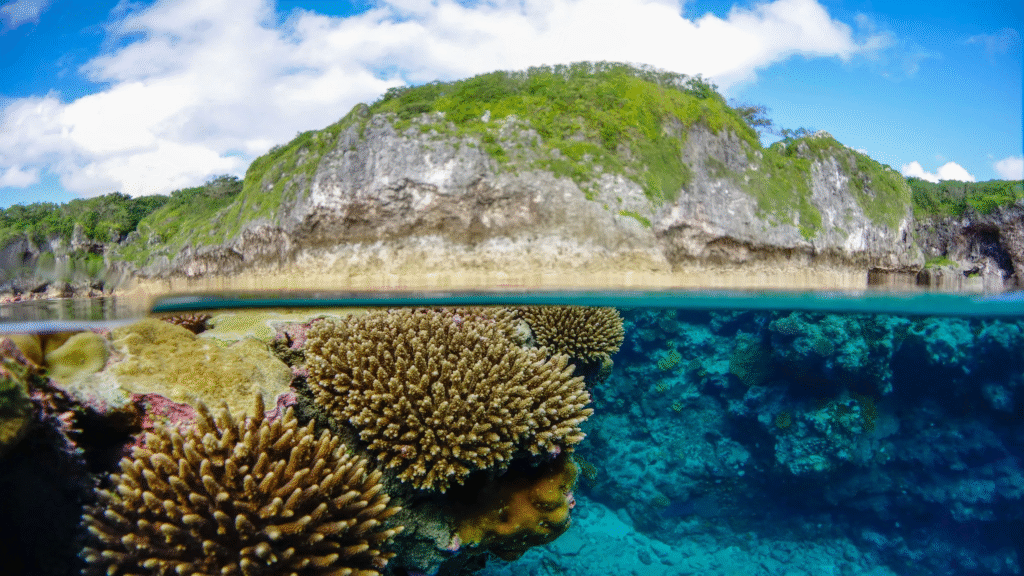
Niue stands as one of the world’s smallest independent nations, a single raised coral atoll located east of Tonga in the South Pacific. Unlike typical tropical islands, Niue features dramatic cliff formations, extensive cave systems, and unusually clear waters offering exceptional visibility for marine activities.
Reasons for Low Visitation:
- Limited Accessibility: Only Air New Zealand provides weekly flights from Auckland
- Specialized Appeal: Rocky coastline lacks typical sandy beaches many tourists expect
- Small Size: Limited infrastructure and accommodation options
- Low Tourism Promotion: Minimal marketing internationally
Key Attractions:
- Talava Arches: Dramatic limestone formations and sea arches
- Matapa Chasm: Beautiful freshwater swimming hole surrounded by cliffs
- Exceptional Diving and Snorkeling: Unusually clear waters with visibility exceeding 50 meters
- Whale Watching: Humpback whales migrate past the island July-October
Travel Practicalities:
- Visa Requirements: New Zealand citizens visa-free; others require visa
- Currency: New Zealand dollar
- Best Time to Visit: May-October for drier conditions and whale watching
- Activities: Focus on nature experiences including caving, fishing, and hiking
5. Montserrat: The Caribbean’s Buried Treasure
Visitor Statistics: Approximately 19,300 annual visitors (2019 data)

Montserrat presents a unique case in the Caribbean—a tropical paradise dramatically altered by volcanic activity. The 1995 eruption of the Soufrière Hills volcano buried the capital city of Plymouth under ash and mud, creating a modern-day Pompeii while dramatically reducing the island’s population and tourism infrastructure.
Reasons for Low Visitation:
- Volcanic Activity: Ongoing volcanic concerns deter potential visitors
- Limited Access: No international airport; accessible only via ferry or small plane from Antigua
- Buried Infrastructure: Much of the island’s tourism infrastructure was destroyed
- Small Size: Limited accommodation and services available
Key Attractions:
- Buried City of Plymouth: Abandoned capital with buildings partially buried in volcanic ash
- Volcano Observatory: Learn about volcanic activity and monitoring techniques
- Black Sand Beaches: Created from volcanic ash
- Music Heritage: Home to famous AIR recording studios where numerous albums were recorded
Travel Practicalities:
- Visa Requirements: Generally visa-free for most nationalities
- Currency: Eastern Caribbean dollar
- Best Time to Visit: December-April for drier weather
- Safety: Heed all warnings about exclusion zones near volcanic areas
6. São Tomé and Príncipe
Visitor Statistics: Approximately 34,900 annual visitors (2019 data)
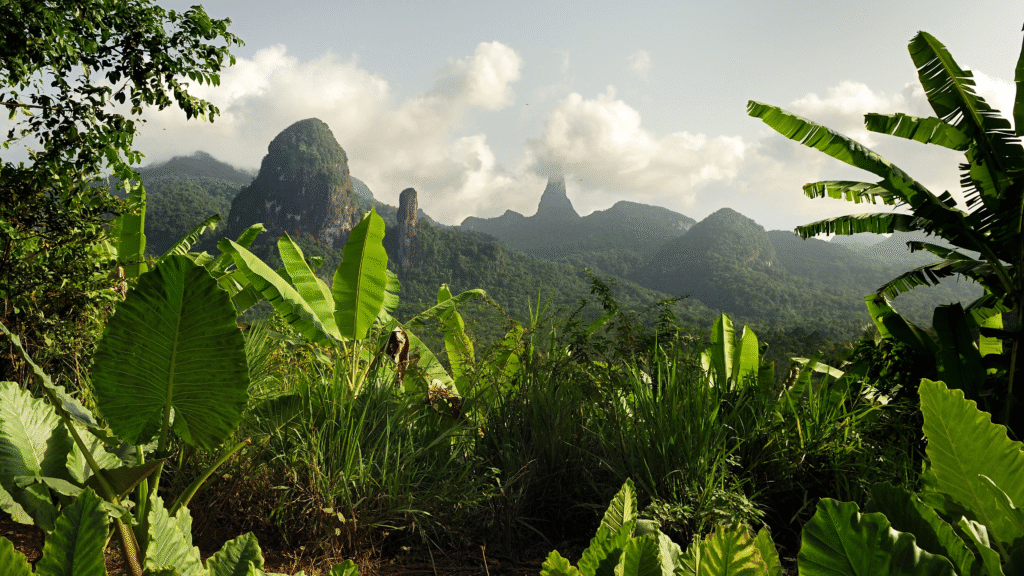
This two-island nation lies off the western coast of Central Africa in the Gulf of Guinea, offering lush rainforests, volcanic peaks, and beautiful beaches without the crowds found elsewhere in Africa. Despite its natural beauty and unique culture, the country remains little-known internationally.
Reasons for Low Visitation:
- Remote Location: Off Africa’s west coast, not near major tourist routes
- Limited Flight Connections: Few international airlines serve the islands
- Low Tourism Promotion: Minimal marketing to international audiences
- Infrastructure Challenges: Tourism services still developing
Key Attractions:
- Obo National Park: Pristine rainforest with endemic species
- Rolas Island: Equatorial line monument and beautiful beaches
- Colonial Architecture: Portuguese colonial buildings in São Tomé city
- Chocolate Production: Visit plantations producing high-quality cocoa
Travel Practicalities:
- Visa Requirements: Most nationalities require visa obtained in advance
- Currency: Dobra
- Best Time to Visit: June-September for drier weather
- Health Considerations: Malaria prophylaxis recommended
7. Comoros
Visitor Statistics: Approximately 45,000 annual visitors
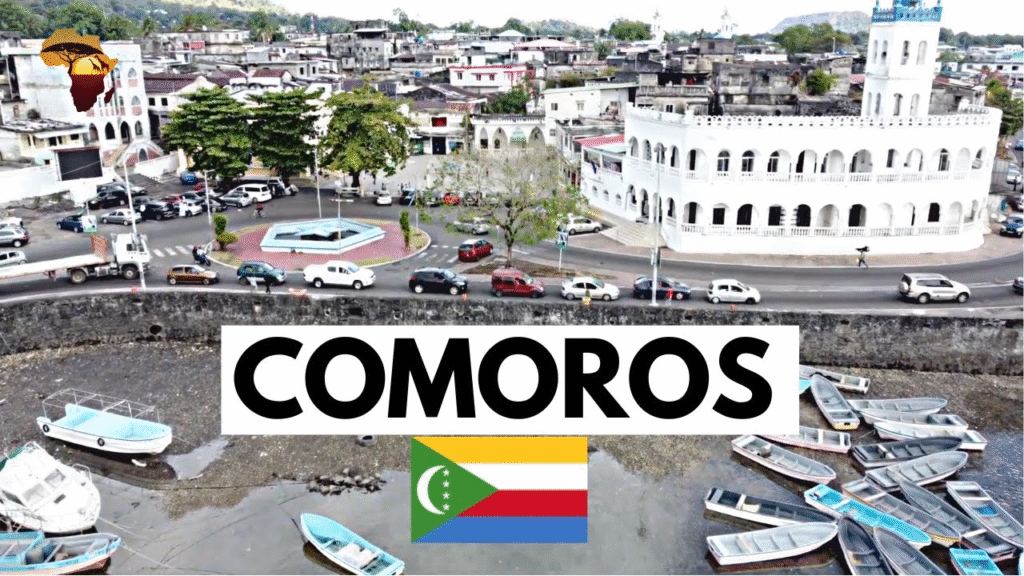
The Comoros archipelago lies between Madagascar and Mozambique in the Indian Ocean, offering volcanic landscapes, lush vegetation, and rich cultural heritage blending African, Arab, and French influences. Despite its natural beauty, the country has experienced political instability that has limited tourism development.
Reasons for Low Visitation:
- Political Instability: History of coups and political unrest
- Limited Infrastructure: Tourism facilities are basic and underdeveloped
- Accessibility Challenges: Few international flight connections
- Low Awareness: Little international promotion as a tourist destination
Key Attractions:
- Mount Karthala: Active volcano with spectacular crater hikes
- Traditional Medicine: Learn about ancient herbal remedies and practices
- Beautiful Beaches: Pristine white-sand beaches without crowds
- Ylang-Ylang Production: Visit distilleries producing perfume essences
Travel Practicalities:
- Visa Requirements: Visa required for most nationalities
- Currency: Comorian franc
- Best Time to Visit: May-October for cooler, drier weather
- Cultural Considerations: Conservative Muslim country—dress modestly
Travel Considerations for Least Visited Countries
Visiting the world’s least traveled nations requires additional planning and flexibility compared to mainstream destinations. Understanding these practical considerations ensures a smoother, more enjoyable experience while respecting local conditions and cultures.
Preparation and Planning:
- Advanced Research: Limited information available online requires thorough pre-trip research
- Flexible Itineraries: Transportation delays and cancellations are common
- Health Preparations: Ensure vaccinations are updated and bring comprehensive medical supplies
- Financial Planning: Limited ATM availability requires bringing sufficient cash
Cultural Sensitivity:
- Respect Traditions: These destinations often have strong cultural traditions—research appropriate behavior
- Dress Modestly: Especially important in conservative communities and religious sites
- Seek Permission: Always ask before photographing people or private property
- Support Local Economy: Use locally-owned services to benefit communities directly
Safety and Logistics:
- Travel Insurance: Comprehensive coverage essential for remote destinations
- Communication Plans: Limited internet and mobile service requires alternative arrangements
- Transportation Patience: Delays and schedule changes are inevitable
- Health Precautions: Medical facilities often basic; consider evacuation insurance
Why Visit Least Traveled Countries?
Despite the challenges, visiting these little-visited nations offers rewards far beyond conventional tourism experiences. These destinations provide opportunities increasingly rare in our interconnected world.
Unique Benefits:
- Authentic Cultural Experiences: Interactions with local communities remain genuine and unhurried
- Pristine Environments: Natural environments remain untouched by mass tourism
- Personal Growth: Navigating challenges builds resilience and problem-solving skills
- True Adventure: Experience the thrill of genuine exploration and discovery
- Social Impact: Tourism revenue directly supports local communities and conservation
Transformative Experiences:
Travelers returning from these destinations consistently report profound experiences that transcend typical vacation memories. The combination of cultural immersion, natural beauty, and personal challenge creates lasting impressions and meaningful connections with both places and people. These journeys often change perspectives on consumption, sustainability, and what constitutes true travel satisfaction.
The Last Words
The world’s least visited countries offer unparalleled opportunities for adventurous travelers seeking authentic experiences far from crowded tourist trails. While these destinations present logistical challenges, they reward visitors with genuine cultural immersion, pristine natural environments, and the satisfaction of discovery.
As global tourism continues to concentrate on ever-fewer destinations, venturing to these lesser-known nations becomes increasingly valuable – both personally and for supporting communities outside mainstream tourism economies. With careful planning, cultural sensitivity, and adventurous spirit, these least traveled countries in the world offer life-changing travel experiences that few others will ever know.
